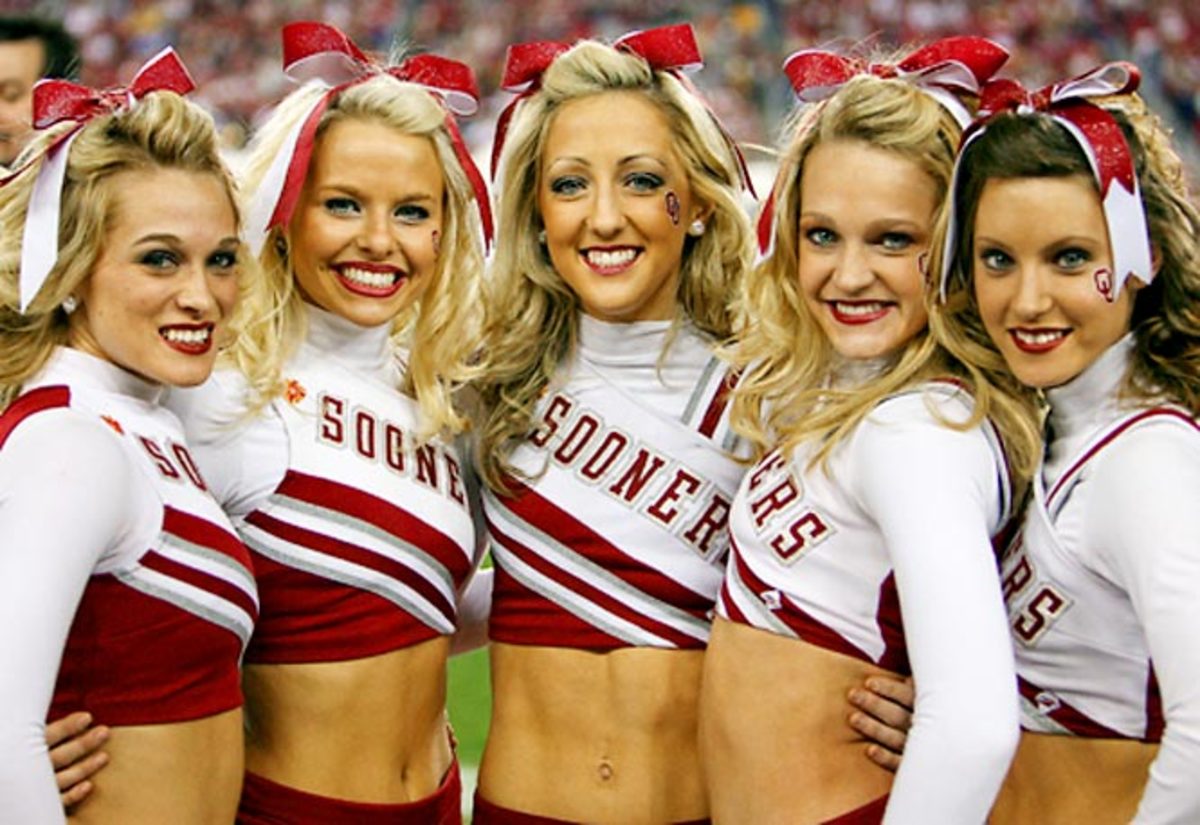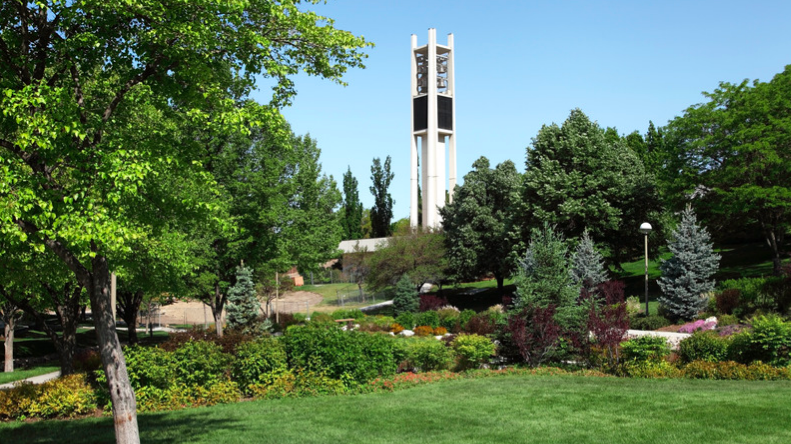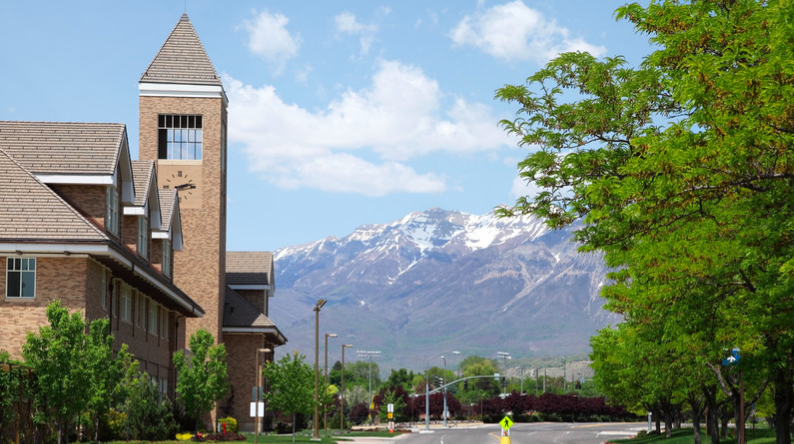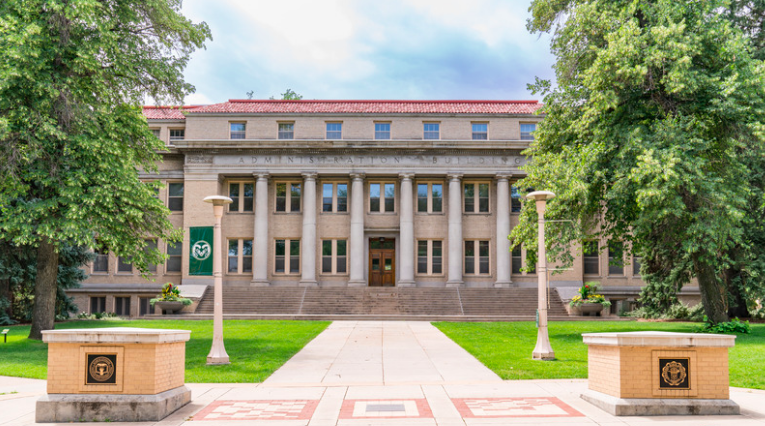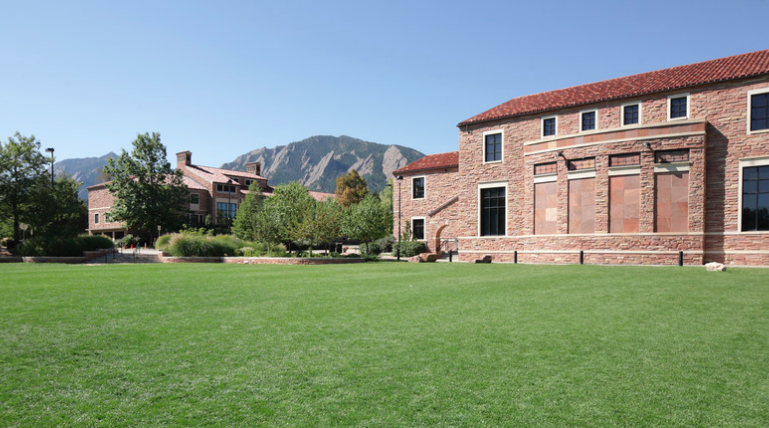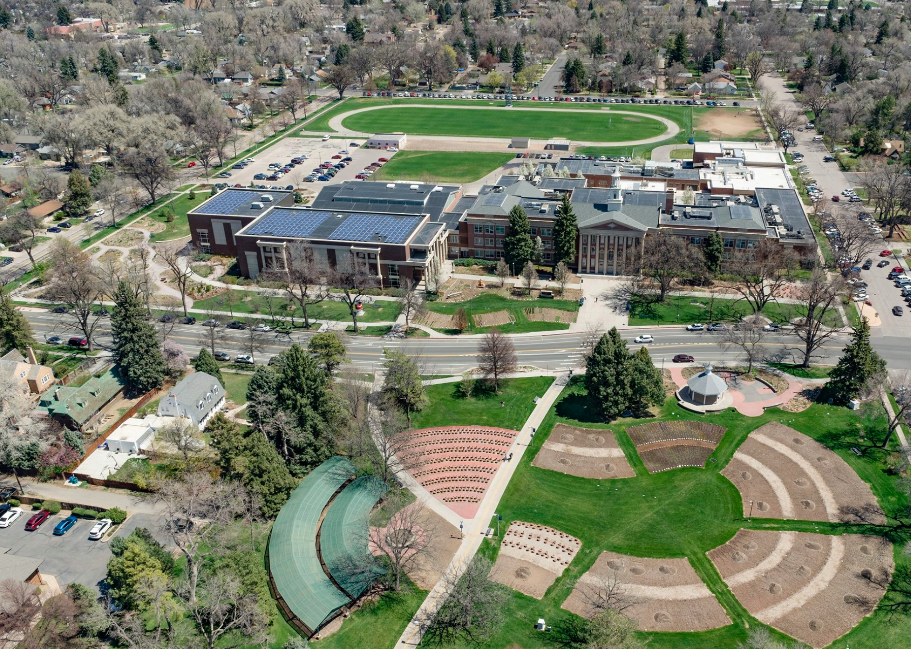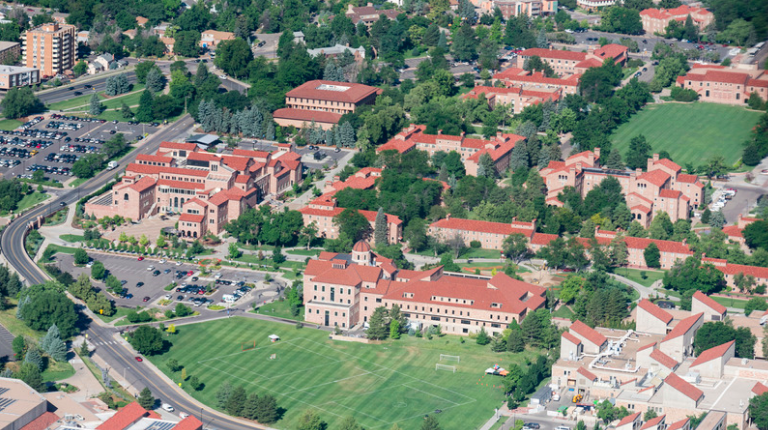 When it comes to college admissions, your GPA is a major determinant of your potential options. Understanding where your GPA places you can help narrow down your college choices and ensure you’re applying to institutions that align with your academic profile. In this guide, we’ll explore how to find the best colleges that accept your GPA and provide a list of schools for each GPA range, from 3.3 to 3.8.
When it comes to college admissions, your GPA is a major determinant of your potential options. Understanding where your GPA places you can help narrow down your college choices and ensure you’re applying to institutions that align with your academic profile. In this guide, we’ll explore how to find the best colleges that accept your GPA and provide a list of schools for each GPA range, from 3.3 to 3.8.
Understanding Your GPA and What It Means
Your Grade Point Average (GPA) is more than just a number—it’s a reflection of your academic performance and a key factor that admissions committees consider. A strong GPA demonstrates your ability to handle rigorous coursework, which is why many colleges set minimum GPA requirements for prospective students. But every student is unique, and so are the colleges that might be a good fit based on your academic achievements.
Here’s a breakdown of what your GPA could mean in the context of college admissions:
- 3.0 to 3.4 GPA: Many state universities and less competitive private colleges accept GPAs in this range.
- 3.5 to 3.7 GPA: This is a strong GPA that can make you a competitive applicant for a broad range of public and private colleges.
- 3.8 and above: A higher GPA can make you eligible for more selective institutions, including some highly ranked liberal arts colleges and public universities.
Let’s dive into the specific GPA ranges and the colleges that are most likely to accept students with those GPAs.
Colleges That Accept a 3.3 GPA
If you have a 3.3 GPA, you’re in a good position to apply to a variety of public universities and private colleges that focus on holistic admissions. Here are ten schools that accept students with a 3.3 GPA:
- University of Oregon
- California State University, Long Beach
- University of Arizona
- Texas State University
- University of Kentucky
- Louisiana State University
- University of Utah
- University of Kansas
- Michigan State University
- West Virginia University
For more information, visit our detailed guide on Colleges That Accept a 3.3 GPA.
Colleges That Accept a 3.4 GPA
A 3.4 GPA can open doors to a wide array of schools that value well-rounded students. Here are ten colleges and universities that accept students with a 3.4 GPA:
- University of San Francisco
- University of Denver
- University of Colorado Boulder
- University of Iowa
- Baylor University
- Indiana University Bloomington
- University of the Pacific
- Clemson University
- University of Vermont
- Syracuse University
Learn more about the top universities that accept a 3.4 GPA in our article on The Top 7 Colleges and Universities That Accept a 3.4 GPA.
Colleges That Accept a 3.5 GPA
Having a 3.5 GPA places you in a competitive range for many respected colleges and universities. Consider applying to these ten schools if you have a 3.5 GPA:
- University of Miami
- Pennsylvania State University
- University of Connecticut
- University of Delaware
- Virginia Tech
- Purdue University
- University of Massachusetts Amherst
- University of South Carolina
- Clark University
- Florida State University
For more information, explore our guide on Best Schools to Get Into with a 3.5 GPA.
 Colleges That Accept a 3.6 GPA
Colleges That Accept a 3.6 GPA
With a 3.6 GPA, you’re considered a strong candidate for many reputable schools, including some competitive private colleges. Consider these ten institutions if your GPA is 3.6:
- American University
- University of Wisconsin-Madison
- University of Georgia
- Ohio State University
- Pepperdine University
- University of Pittsburgh
- Elon University
- University of Washington
- University of Minnesota Twin Cities
- Miami University (Ohio)
To learn more, visit our list of Colleges That Accept a 3.6 GPA.
Colleges That Accept a 3.7 GPA
A 3.7 GPA reflects a high level of academic achievement, making you a viable candidate for many top-tier schools. Here are ten colleges known for accepting students with a 3.7 GPA:
- University of Florida
- University of Maryland, College Park
- University of Miami
- Southern Methodist University
- University of Richmond
- Fordham University
- Villanova University
- Bentley University
- University of Denver
- Marquette University
Explore the full list of options in our article on Colleges That Accept a 3.7 GPA.
Colleges That Accept a 3.8 GPA
For students with a 3.8 GPA, the possibilities are even broader. This GPA level indicates consistent high performance and a strong commitment to academics. Consider these ten schools if you have a 3.8 GPA:
- University of California, Irvine
- University of California, Davis
- University of Michigan
- University of Texas at Austin
- Boston University
- Northeastern University
- University of North Carolina at Chapel Hill
- University of Wisconsin-Madison
- University of Illinois Urbana-Champaign
- Wake Forest University
To see more details, visit our guide on Colleges That Accept a 3.8 GPA.
How to Choose the Right College for Your GPA
Finding the right college is about more than just meeting GPA requirements. Consider the following factors when evaluating your options:
- Location: Think about whether you want to attend school in a specific state or region.
- Program Strength: Look for schools that offer strong programs in your intended major or field of interest.
- Campus Culture: Research the student life, campus activities, and overall atmosphere to ensure it’s a good fit.
- Financial Aid and Scholarships: Investigate whether the schools offer scholarships or financial aid packages that you’re eligible for based on your GPA.
Next Steps
Ready to start your college search? Use our GPA-specific guides linked above to explore colleges that match your academic profile. Remember, your GPA is just one part of your college application, and finding the right school means considering all aspects of your academic and personal goals. Good luck with your search!
 Selecting the right college is a crucial decision that can shape your academic journey and future career. One of the most significant factors to consider when choosing a college is the alignment between the institution’s strengths and your intended major. Different colleges have varying strengths, resources, and opportunities that cater to specific fields of study. Here’s a guide to help you choose the right college based on your major, with specific examples and insights.
Selecting the right college is a crucial decision that can shape your academic journey and future career. One of the most significant factors to consider when choosing a college is the alignment between the institution’s strengths and your intended major. Different colleges have varying strengths, resources, and opportunities that cater to specific fields of study. Here’s a guide to help you choose the right college based on your major, with specific examples and insights.
 Heading to college in a different city can be a huge adventure. There are opportunities to live a different way of life, interact with fresh people, and become self-sufficient. At the same time, moving to a new city is not something wise to improvise.
Heading to college in a different city can be a huge adventure. There are opportunities to live a different way of life, interact with fresh people, and become self-sufficient. At the same time, moving to a new city is not something wise to improvise. Navigating the college admissions process can be a daunting task for students and their families. With so many steps and important deadlines, it’s easy to feel overwhelmed.
Navigating the college admissions process can be a daunting task for students and their families. With so many steps and important deadlines, it’s easy to feel overwhelmed.  3. Understand Admission Requirements
3. Understand Admission Requirements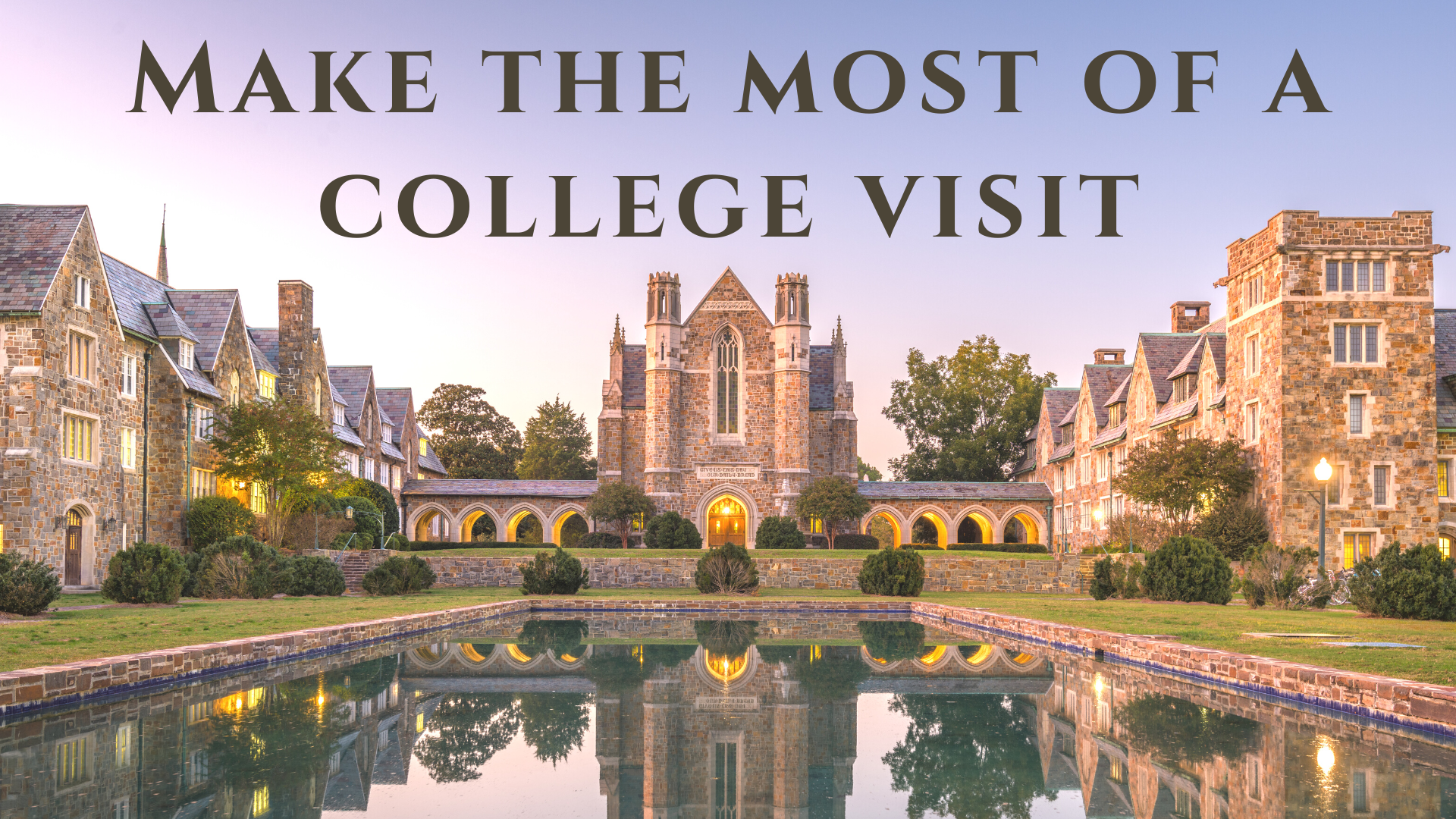
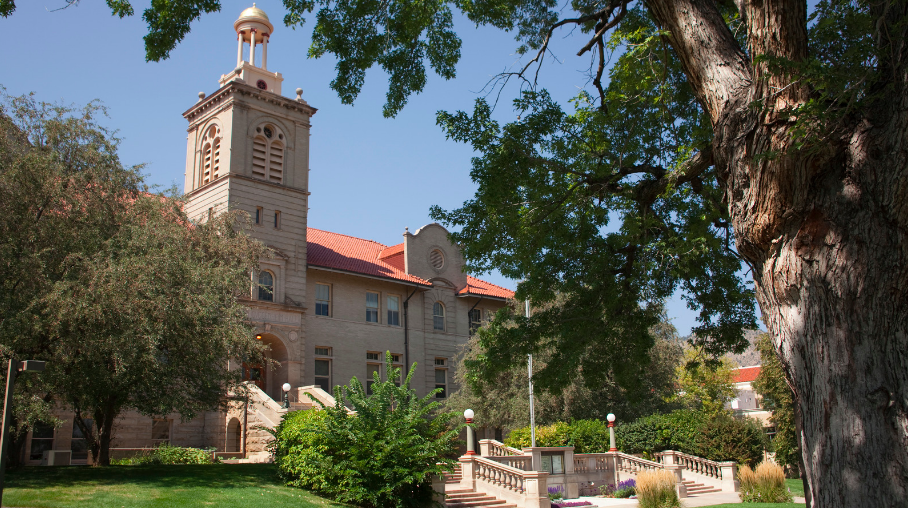 When one works in college counseling for as long as I have, it’s hard not to pick up on patterns – most notably patterns in the colleges that are most attractive to the vast majority of students and parents.
When one works in college counseling for as long as I have, it’s hard not to pick up on patterns – most notably patterns in the colleges that are most attractive to the vast majority of students and parents.
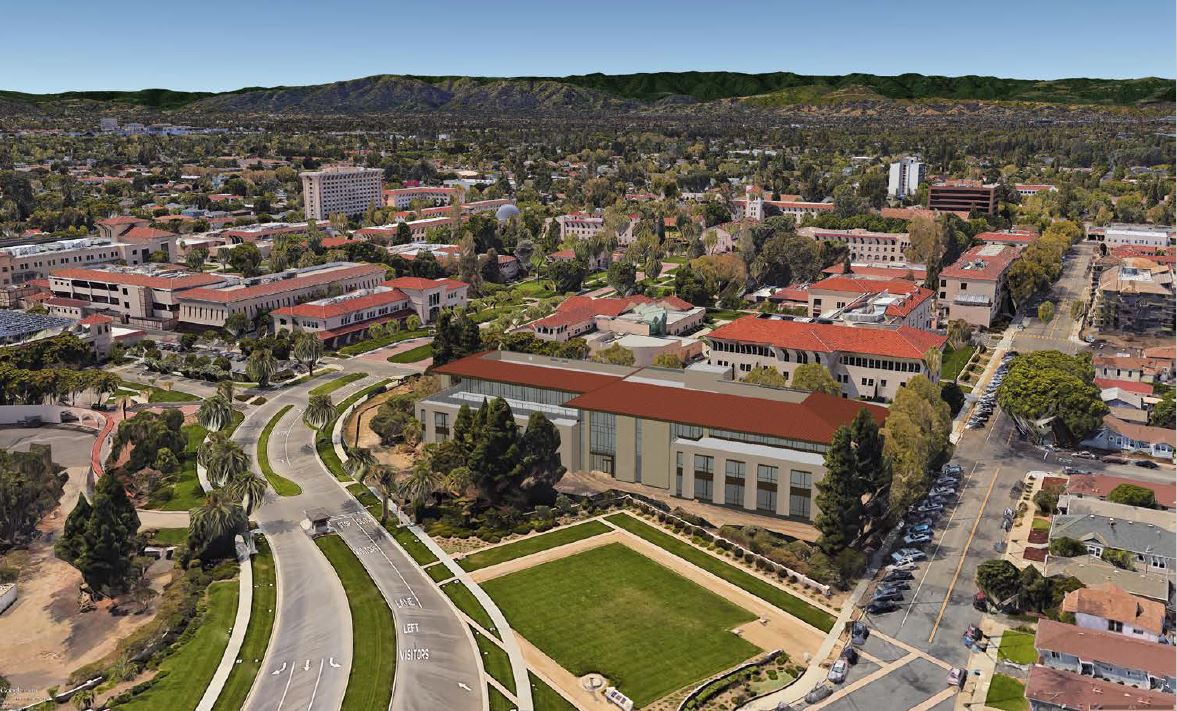
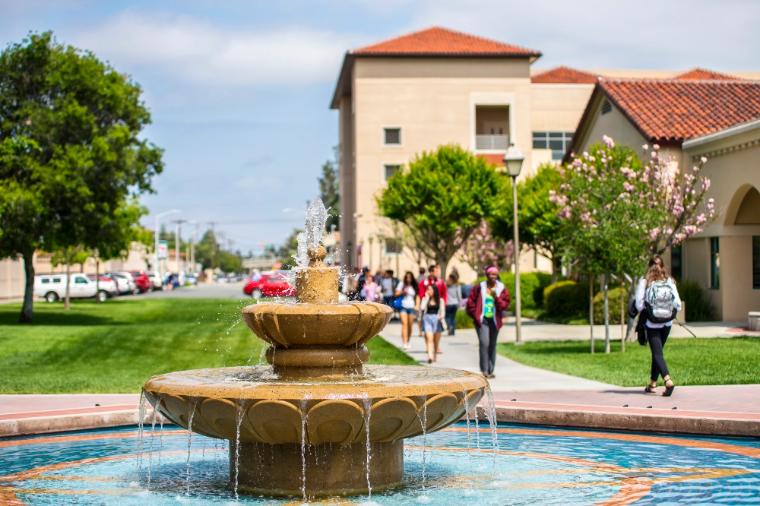
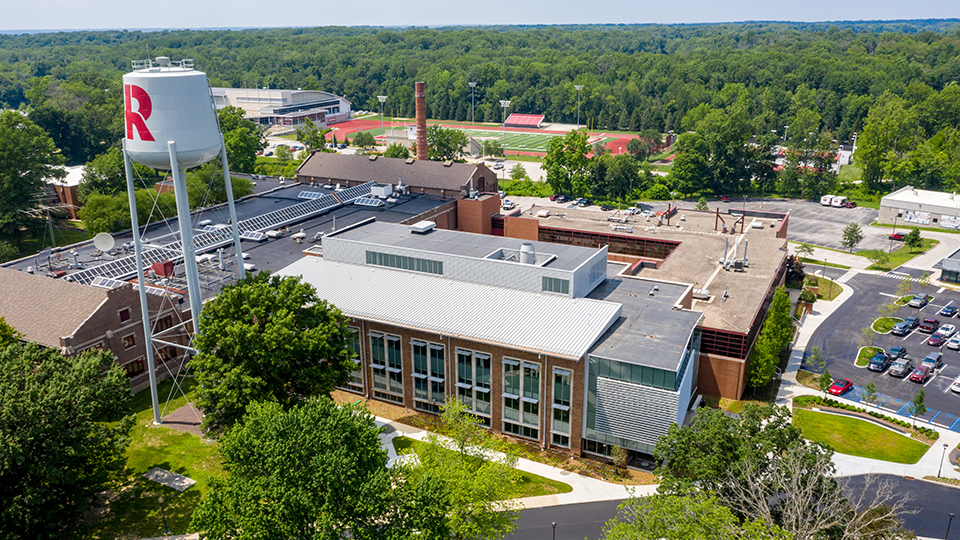

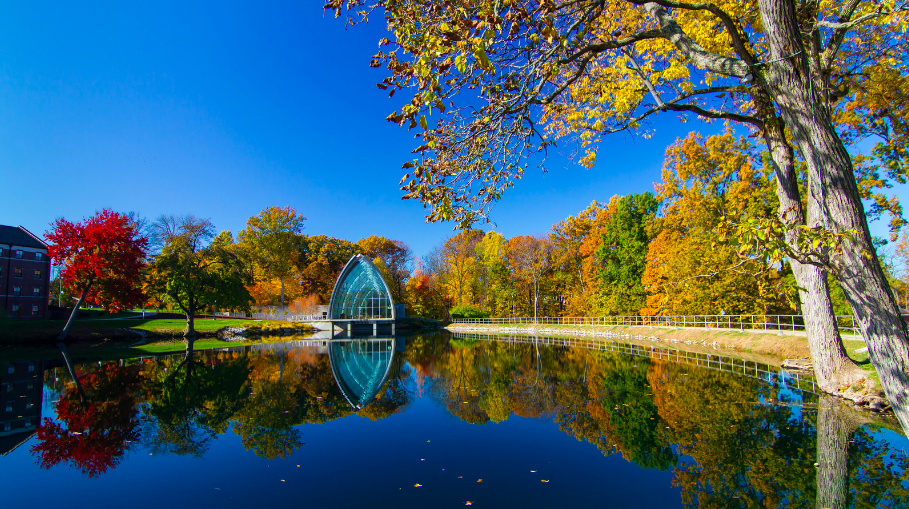
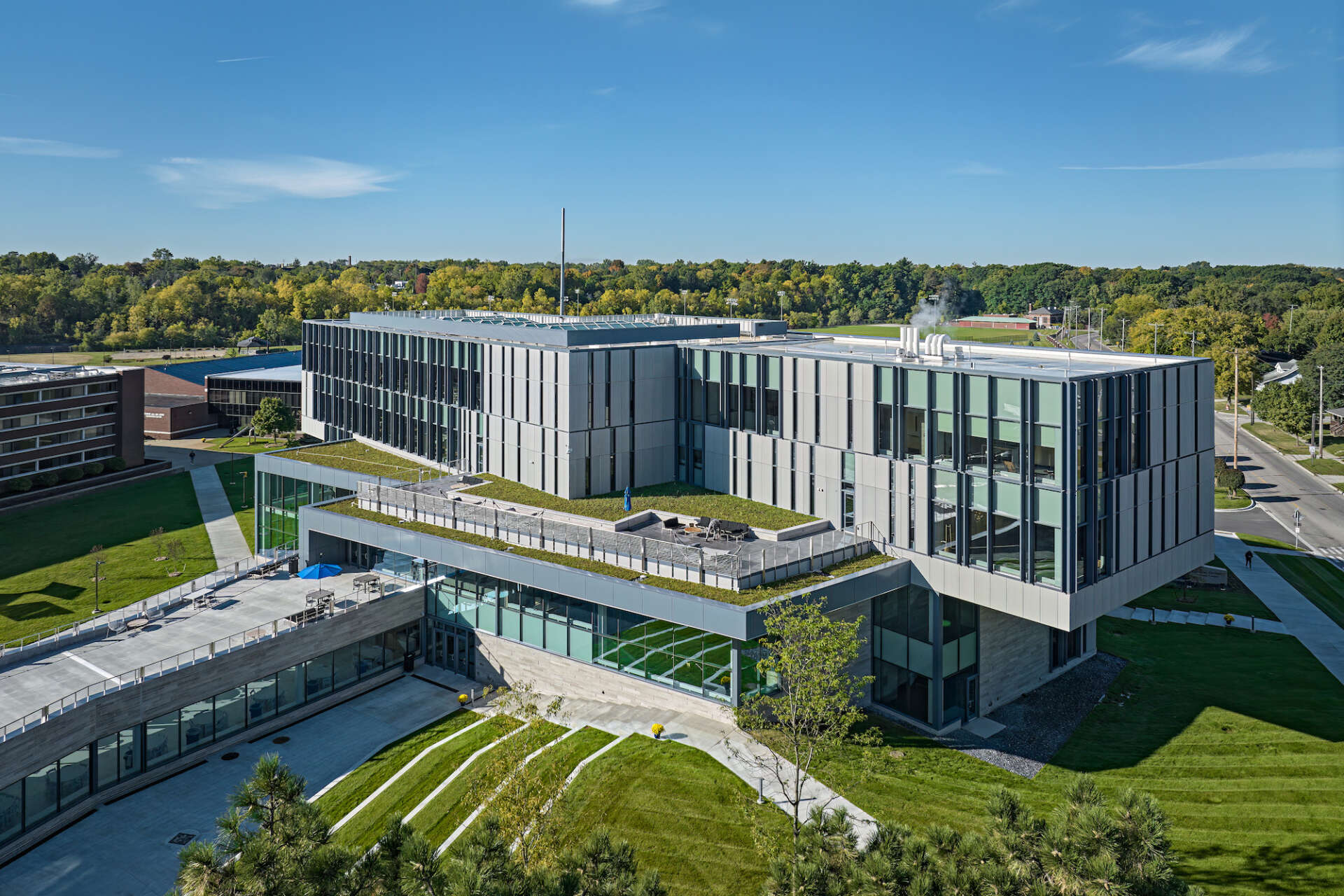
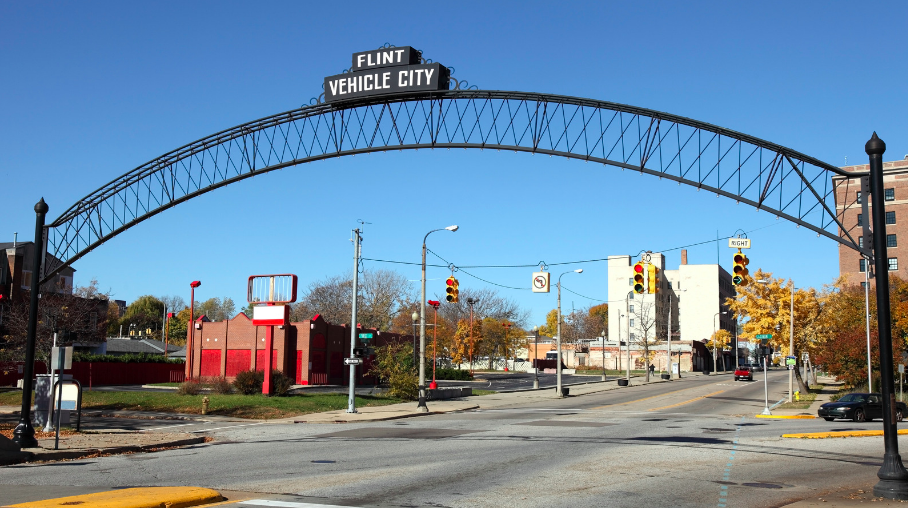 I’m consistently and particularly impressed by Kettering University’s:
I’m consistently and particularly impressed by Kettering University’s: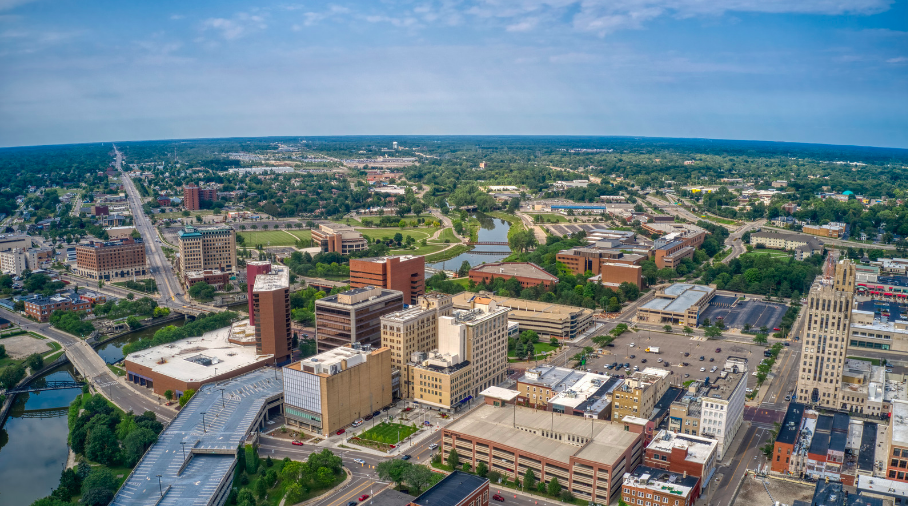
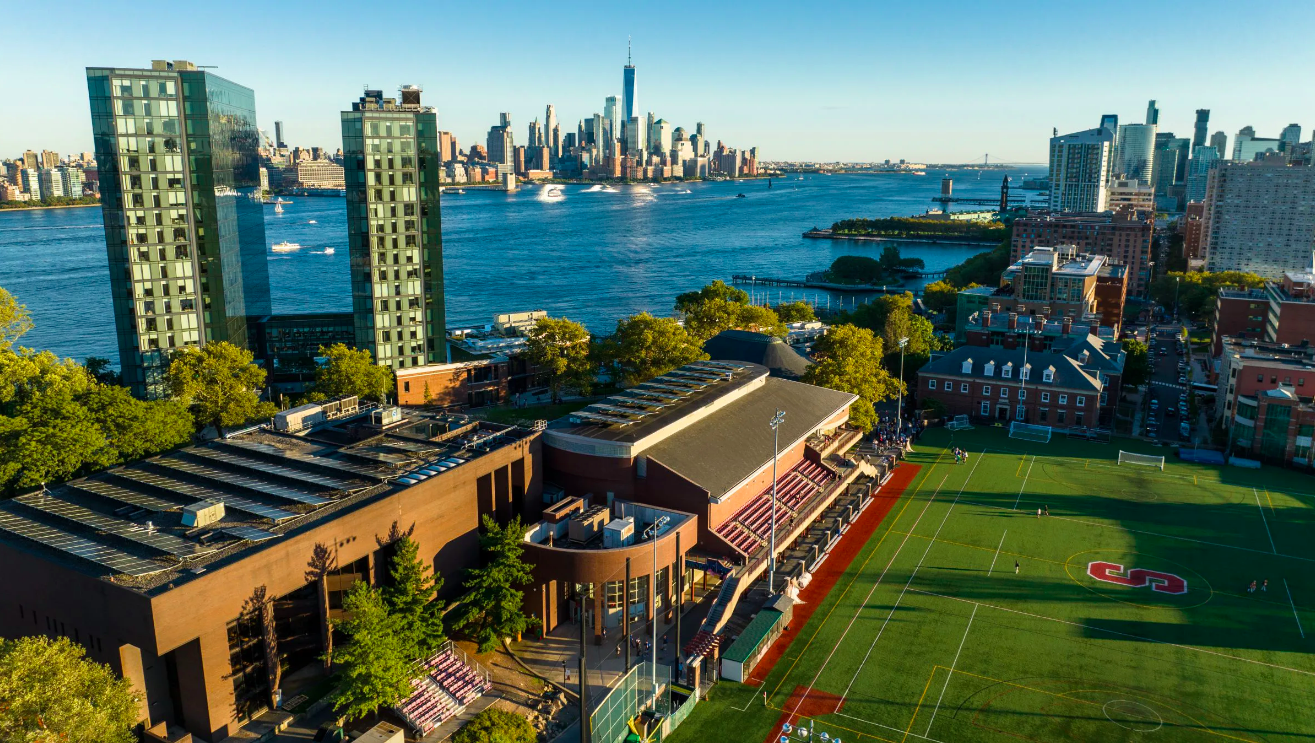
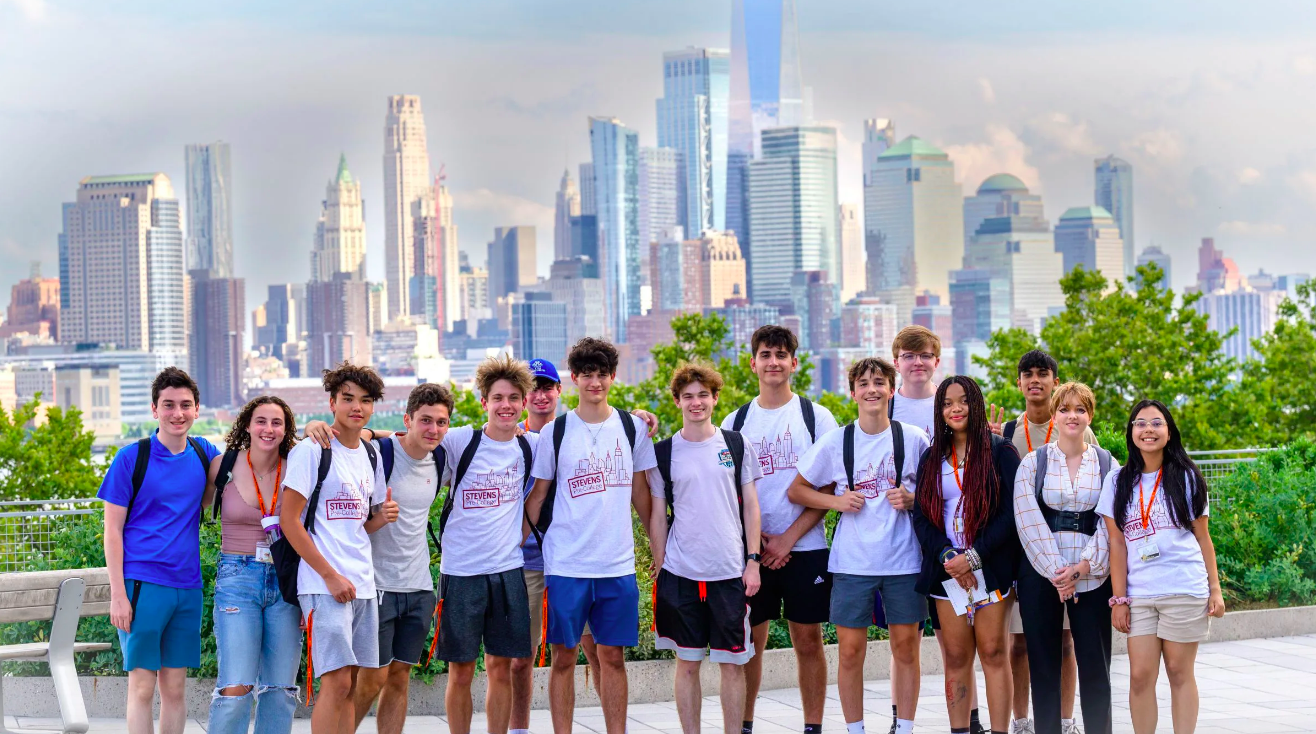
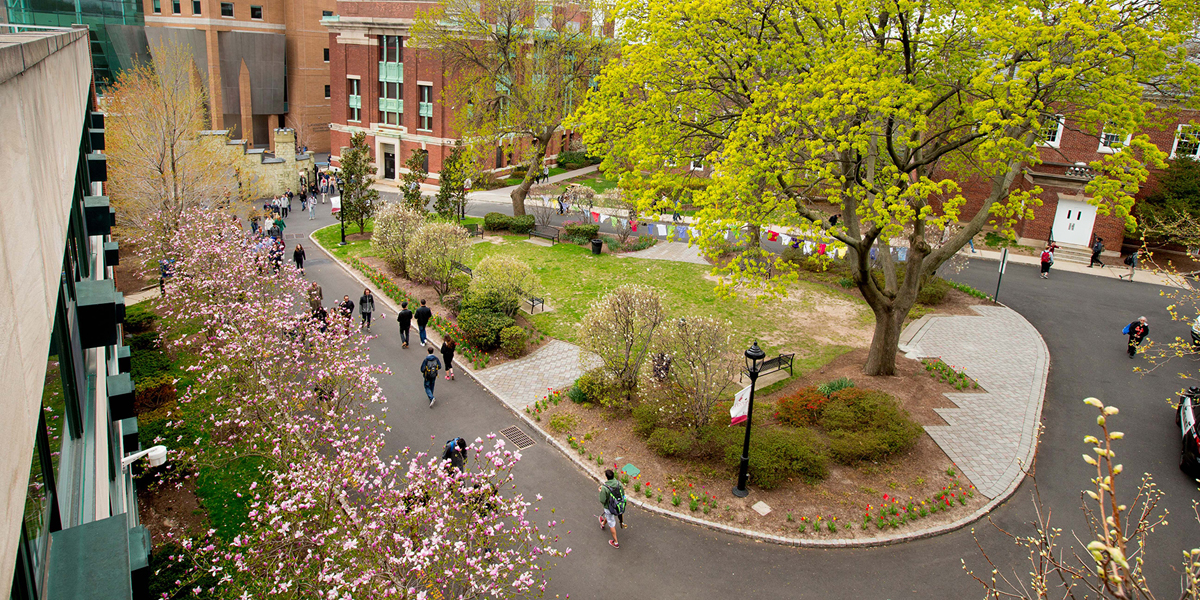
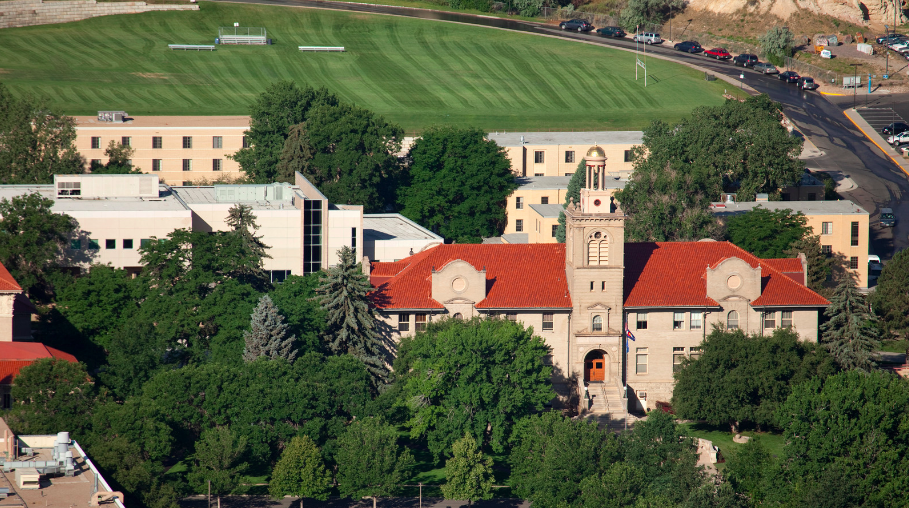

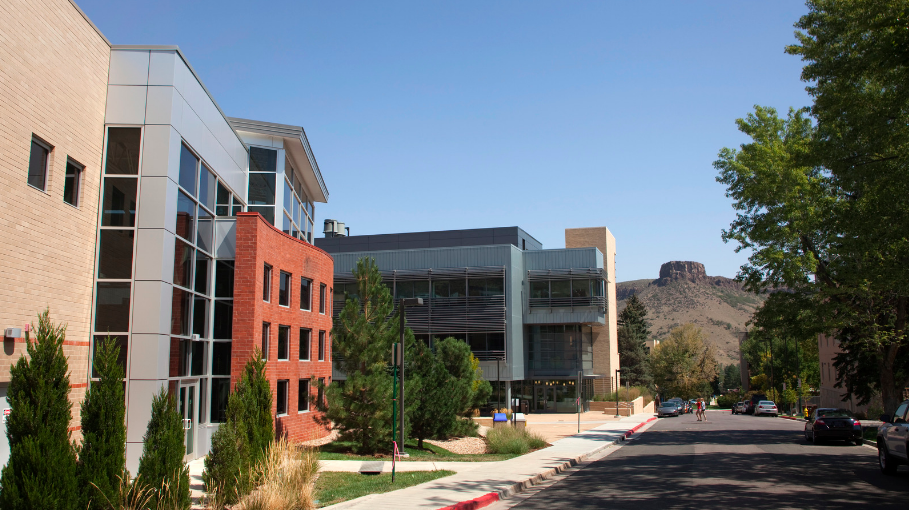
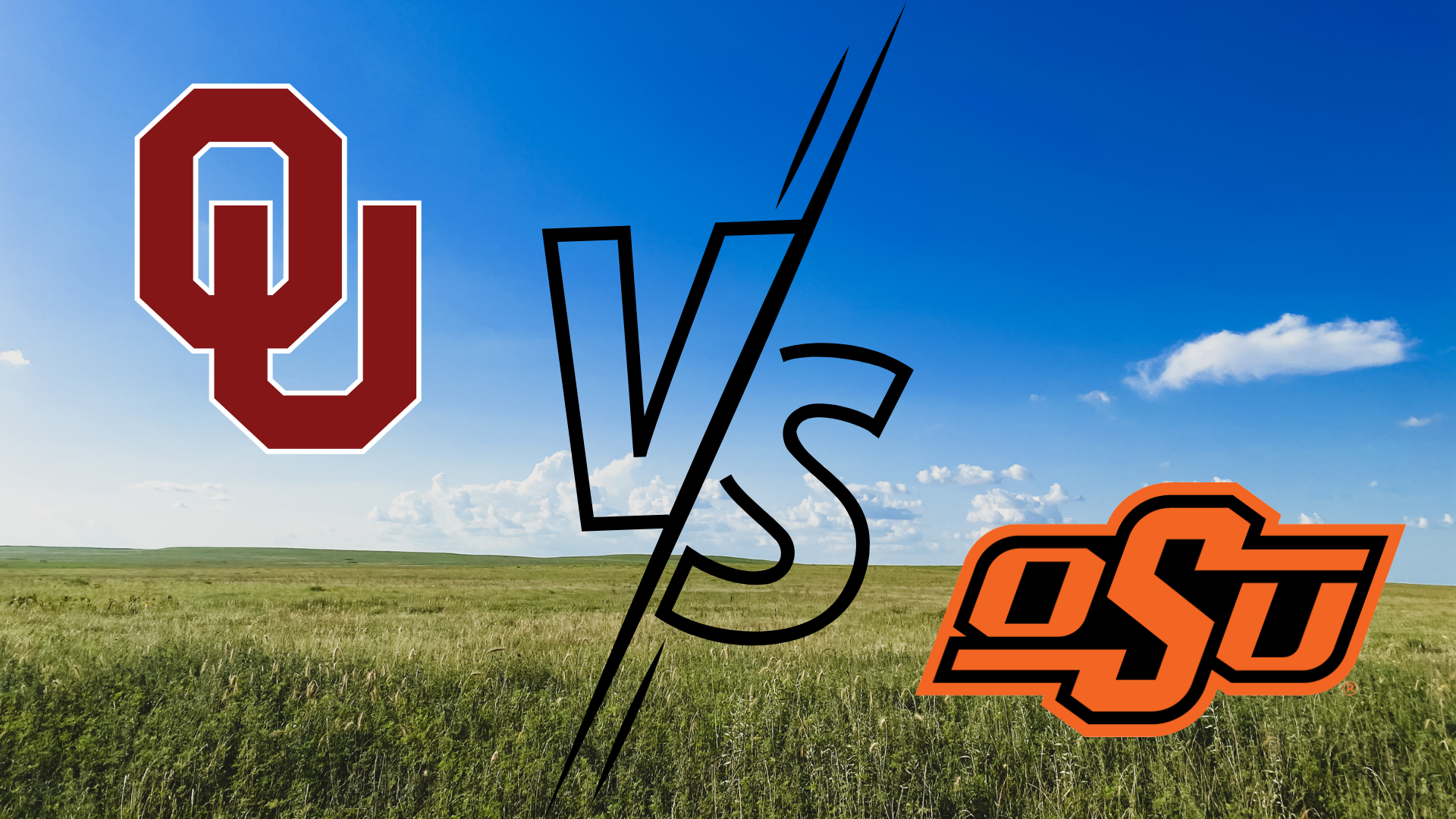 Today’s reader question comes from Darren in Washington, DC:
Today’s reader question comes from Darren in Washington, DC: